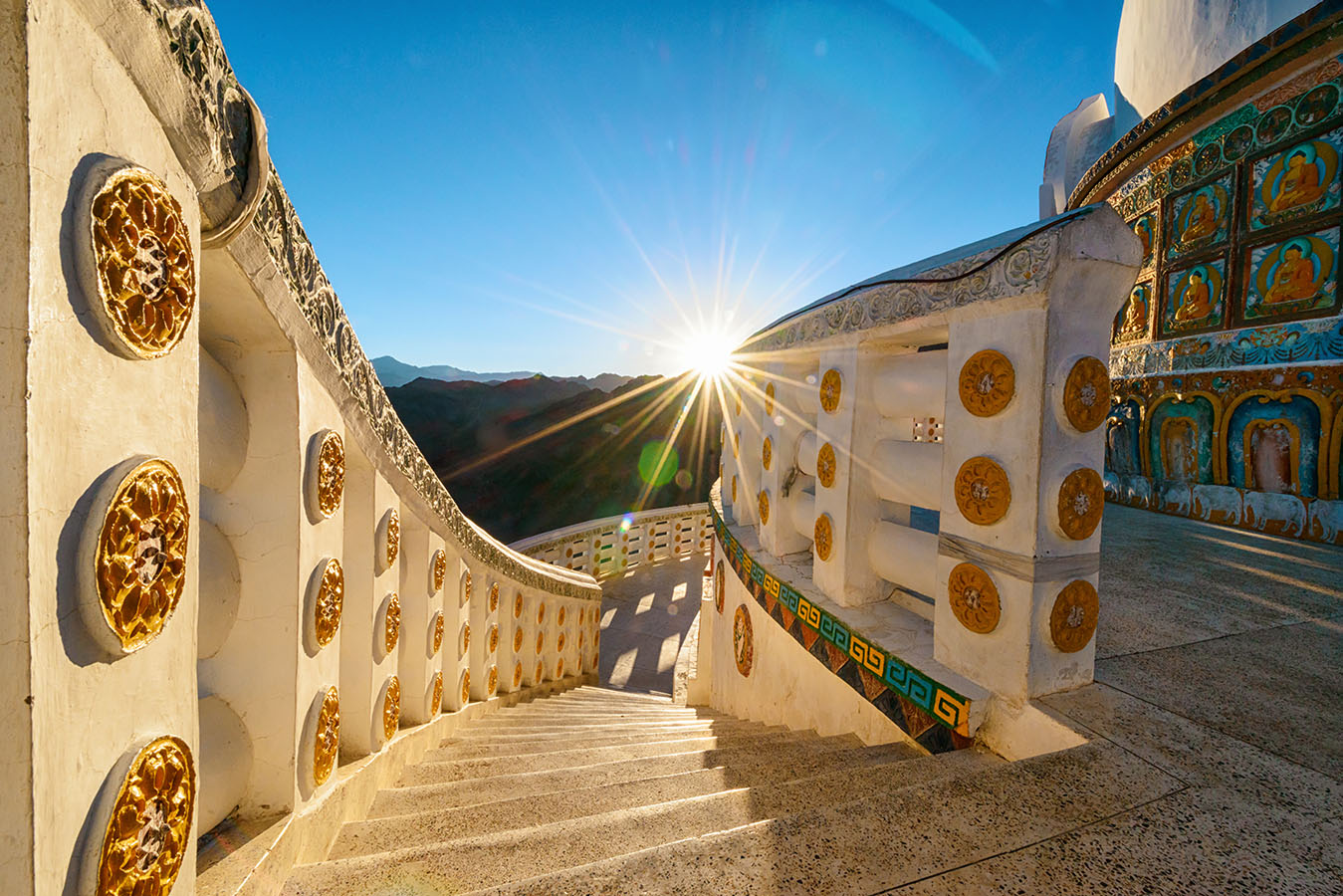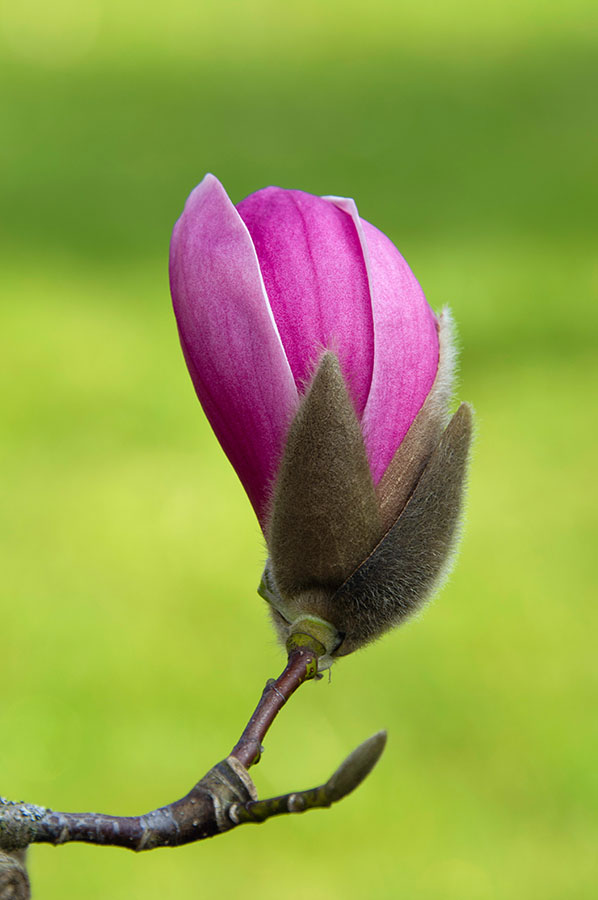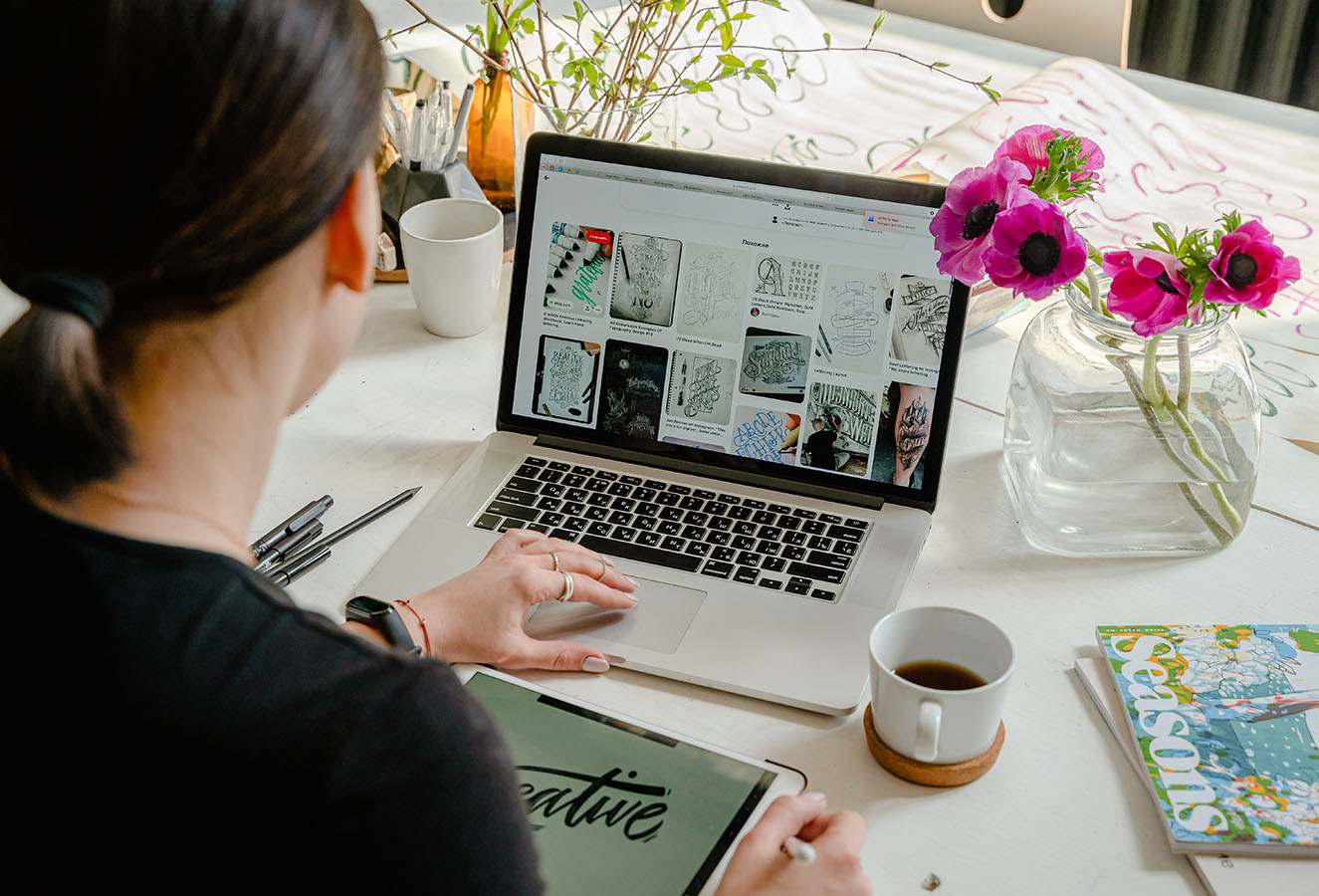 Photo by Brendan Dias
Photo by Brendan Dias
Photography is a captivating art form that allows us to capture moments, express emotions, and share our perspectives with the world. If you're new to photography, it can be overwhelming to navigate through the various settings and techniques. However, with some fundamental tips and guidance, you can embark on your photographic journey with confidence. Here are some expert photography tips to improve your photography:
Visualization / Composition: Composition is the foundation of a compelling photograph. Composition is the art of arranging the elements within your frame to create visually pleasing images. Learn about the rule of thirds, leading lines, symmetry, and framing. Experiment with different perspectives and angles to add interest to your images. Train your eye to see potential compositions in your surroundings and consider how different angles and perspectives can enhance your photographs. Create a mental picture i.e. visualize the image you want to create in your mind. Try to focus and look and the details involved. This will give you a clue on the required settings of the camera, the choice of lens, time of day, composition, lighting etc. Everything you do next will depend on what you visualize for that shot. The image you want should be crystal clear in your mind.
Use the Rule of Simplicity: In photography, simplicity is often key. Avoid cluttered backgrounds or distracting elements that take away from your main subject. Keep your compositions clean and focused, emphasizing the main subject or point of interest. A simple and uncluttered image will have a stronger impact.

Photo by Oleksandr

Photo by Alex Andrews
Understand Your Camera: Take the time to read your camera's manual and learn about its features and settings. Read the manual or explore online tutorials to grasp the basics of aperture, shutter speed, ISO, and other essential features. Familiarize yourself with focus modes, shooting modes, and white balance adjustments. Understanding your camera will enable you to have better control over your shots.
Keep it Steady: Camera shake can lead to blurry images, especially in low light situations. Use a tripod or stabilize your camera against a solid surface to ensure sharp shots, especially during long exposures or when using telephoto lenses. When using a tripod with your camera remember to use the timer or a remote / wireless release to activate the shutter in order to avoid shaking the camera. When shooting handheld, you may want to keep the shutter speed at a minimum of 1/125 sec in order to avoid blurry images due to camera shake. You may also want to switch on vibration reduction or image stabilization on your lens to benefit from it. Holding your breath for the moment of clicking the shot, keeping your legs slightly apart and holding the underside of the lens with one hand will help stabilize the shot further.

Photo by Brendan Dias
Use Natural Light: Lighting plays a crucial role in photography. Learn to observe and work with different types of lighting, such as natural light, artificial light, and various times of the day. In the beginning, practice shooting in natural light conditions. Take advantage of the soft, diffused light during golden hours - the first hour after sunrise and the last hour before sunset. Natural light produces flattering and balanced results, making it ideal for portraits and landscapes. Landscapes photos that sell most are mostly shot in the golden hours. Experiment with different lighting conditions to understand how they impact your subjects and the mood of your photos. Remember that soft, diffused light is often more flattering than harsh, direct light.
Get the Correct Exposure: Digital noise can ruin an image. Relying on Auto modes for shooting can result in noisy images if not properly monitored. You want to get the best possible exposure with the least amount of noise. The best exposure brings out the true colors and contrast of the subjects involved in the frame. If you are shooting exclusively in non-Raw formats then getting the right white balance and exposure is key.
Focus on One Subject: In many cases, a strong photograph centers around a single subject. Avoid cluttered backgrounds or multiple focal points that distract from your main subject. Isolate your subject to make it the clear focus of the image. Small details can make a significant difference in your photos. Pay attention to elements such as sharpness, exposure, and focus. Make sure you focus on the eyes of the subjects when photographing people and animals. Focus on the salient aspects of the product being photographed. Ensure that the subject has the best light with respect to the rest of the image in the frame. Generally the subject should have the highest contrast to enable the eye to look at it first.
Shoot in RAW Format: If your camera supports it, shoot in RAW format instead of JPEG. RAW files contain more image data and provide greater flexibility during post-processing, allowing you to make adjustments without sacrificing image quality. It is relatively easy to correct white balance and exposure errors when a photograph that has been shot in RAW format is used.

Photo by Brendan Dias

Photo by Ali Pazani
Experiment with Depth of Field: Explore the creative possibilities of depth of field by adjusting your aperture settings. A wide aperture (small f-number: f/1.4, f/2.8 etc) creates a shallow depth of field, blurring the background and highlighting your subject. A narrow aperture (large f-number: f/16, f/22 etc) keeps more of the scene in focus.
Practice Patience and Perseverance: Photography is an art that requires practice and patience. Don't get discouraged by initial failures or mediocre shots. Embrace the learning process, study your mistakes, and keep practicing in order to improve your skills. Follow this blog for more updates and training.
Experiment with Different Genres: Explore various genres of photography to find what resonates with you. Try landscape photography, portraits, macro, street photography, or any other style that intrigues you. Experimenting with different genres will help you discover your passion and hone your skills in different areas.
Practice Regularly: Consistency is key to improving your photography skills. Make it a habit to practice regularly, even if it's just taking a few shots each day. Challenge yourself with different subjects, lighting conditions, and techniques. The more you practice, the more comfortable you'll become with your camera and the better your photographs will be. Schedule at least 30 minutes per day for your photography practice to ensure a steady growth of your skill. If you do not schedule practice in your calendar you will not grow fast.
Edit Thoughtfully: Post-processing is a powerful tool that can enhance your images, but it's essential to use it thoughtfully. Avoid over-editing, which can lead to unnatural and unrealistic results. Focus on enhancing colors, adjusting exposure, and correcting minor imperfections.
Study and Seek Inspiration: Immerse yourself in the world of photography by studying the works of established photographers. Analyze their compositions, lighting techniques, and storytelling abilities. Seeking inspiration from others can help you develop your unique style and vision. One inspiring community online is 500px.com.

Photo by Antoni Shkraba
Embarking on a photography journey as a beginner can be both exciting and challenging. Remember to understand your camera, focus on composition, use natural light effectively, and practice regularly. As you progress, you'll gain confidence and develop your unique photography style. Keep exploring, learning, and seeking inspiration to continually improve your photography skills and capture stunning images. By following these essential tips, you'll have a solid foundation to build upon. Enjoy the journey and embrace the art of capturing moments with your camera.
These posts may be of interest to you:
An Amazing Guide to Astrophotography
Gain Experience As A Sensational Photographer
Happiness with Expert Travel Photography Tips

I am a self-taught professional photographer and professional trainer for Adobe Camera Raw, Photoshop CC and Lightroom CC with more than 15 years of experience in photography and training. I love nature and landscapes. I conduct courses in Basic, Intermediate and Advanced Photography and teach all levels of image editing using Adobe Camera Raw, Lightroom and Photoshop. Get in touch with me to take your photography and editing to the next level!

